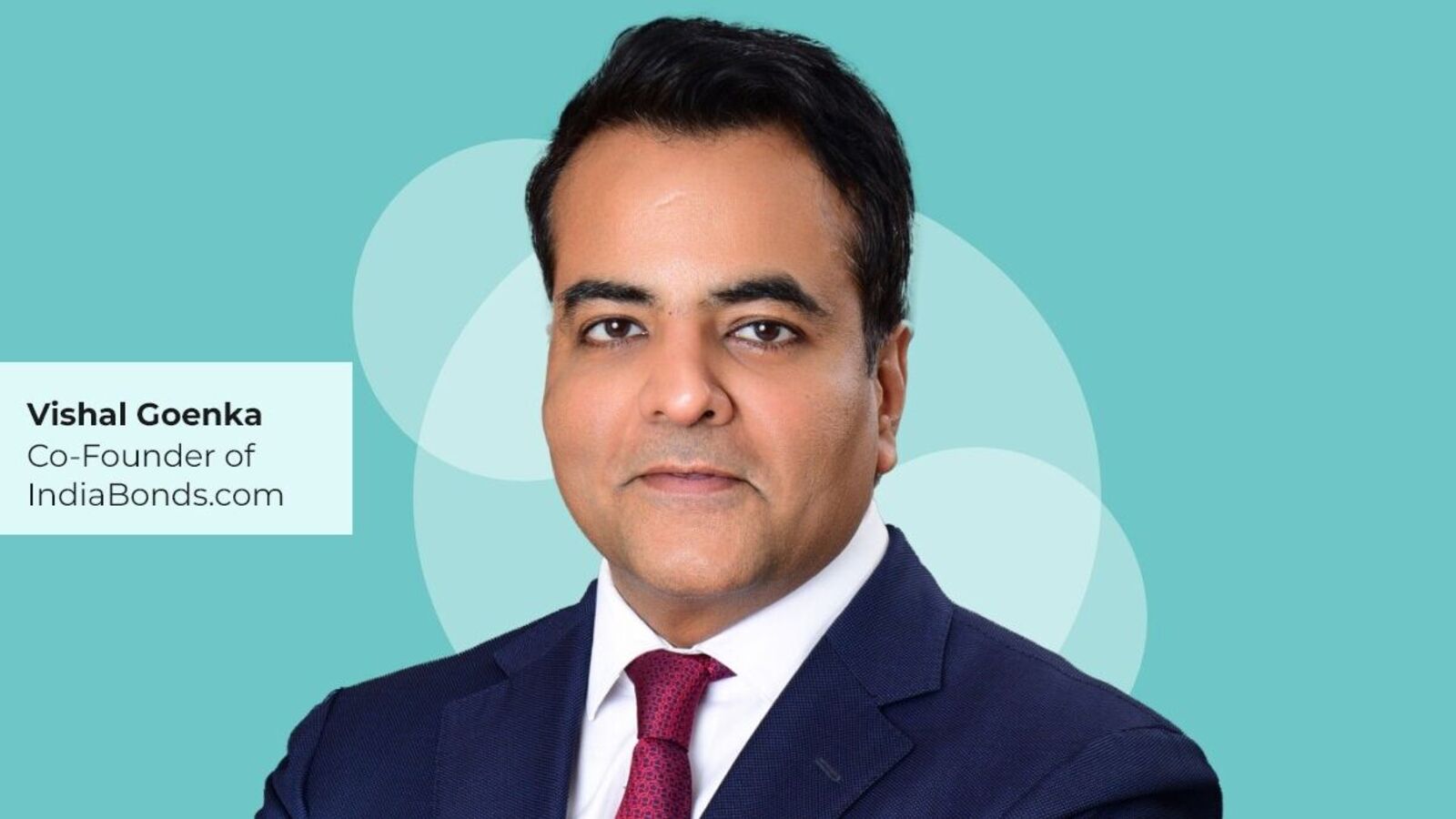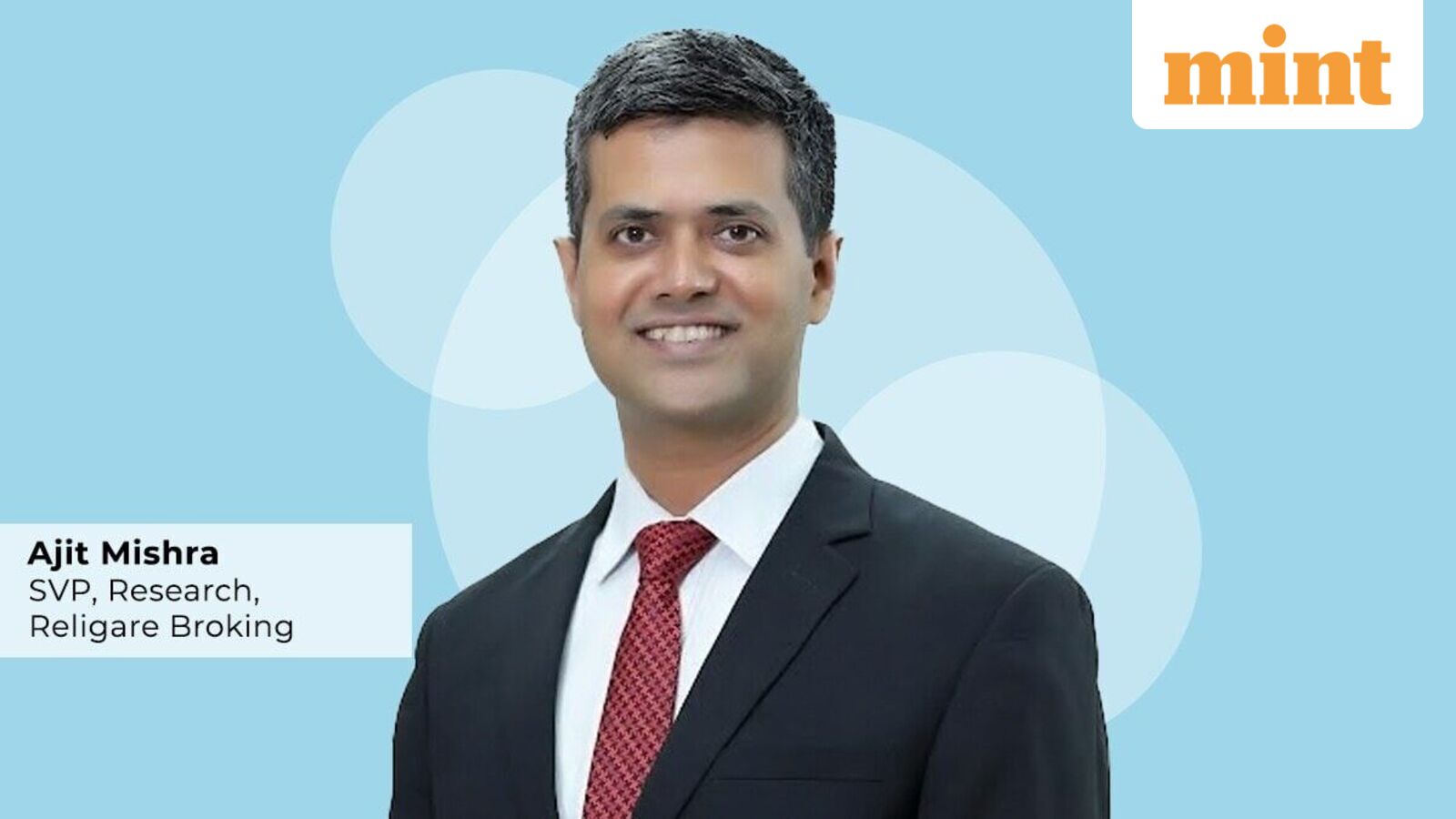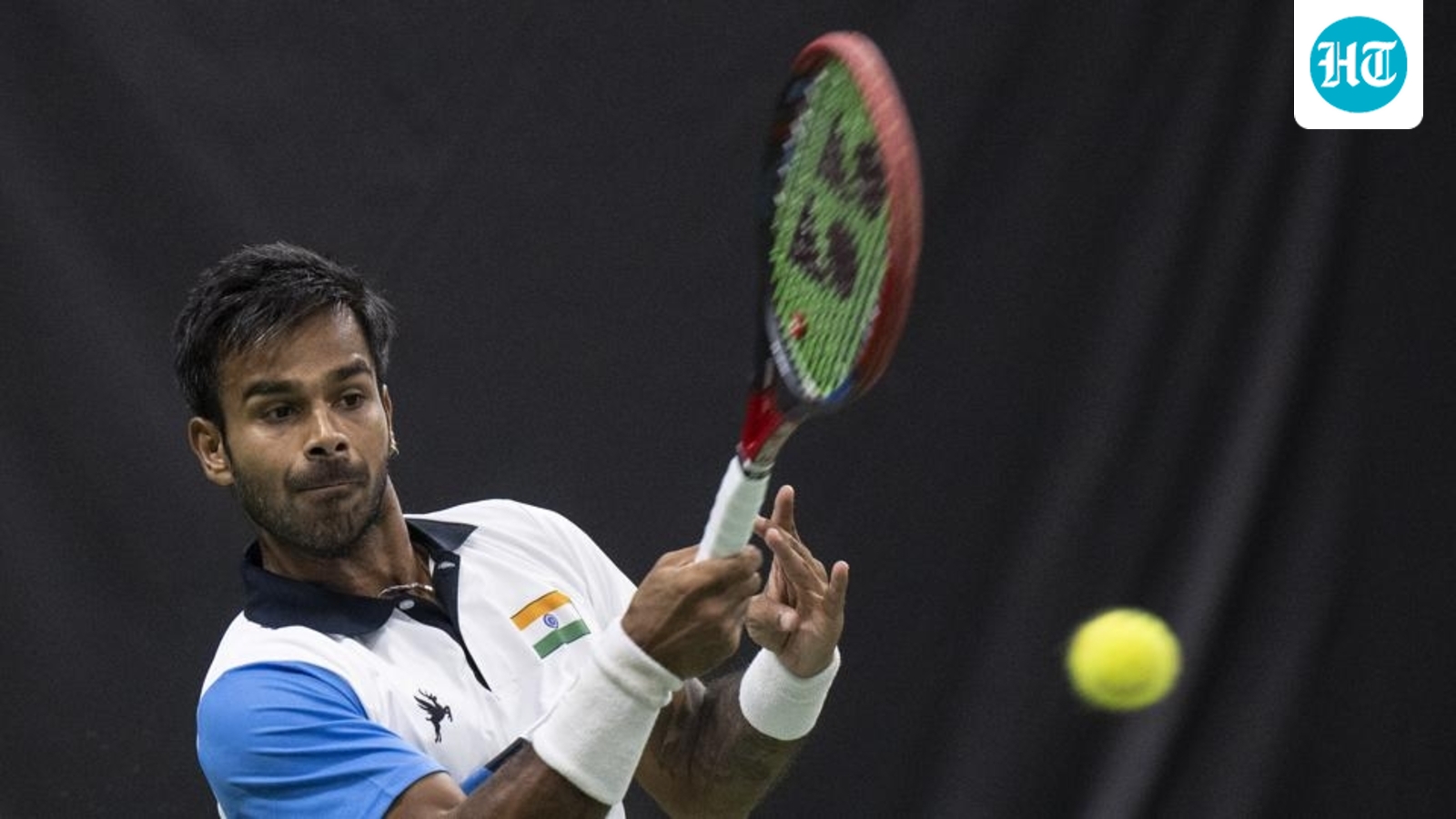
Vishal Goenka, Co-Founder atIndiaBondssays rising ‘retailization’ is reshaping the $2.78 trillion Indian bond market on three fronts — depth, discovery, and design. The bond market has seen a sharp increase in interest from investors amid tepid equity market gains, ease in investment in bonds and amid global uncertainty.
In this interaction with Mint, Goenka gives insights into the best way to invest in bonds, how to deepen the bond market and why GenZ prefers bonds over FDs. Edited Excerpts:
What macro shifts in the past 12-15 months have nudged retail investors towards investing in bonds?
Over the past year, a few clear macro factors have converged. First, equity market volatility and underperformance have nudged investors to look for capital preservation. Second, SEBI’s retail-friendly reforms — especially the OBPP framework and the reduction of minimum investment sizes to ₹10,000 — have opened the gates for individual investors. Third, with the global rate cycle peaking and India entering a potential easing phase, locking in current yields looks compelling compared to short-term fixed deposits. Lastly, global policy uncertainty — from US fiscal tightening to geopolitical tensions — has made predictable cashflows more attractive. The combination of these shifts has turned bonds from a niche institutional asset into a mainstream retail opportunity.
How is rising retail participation reshaping the Indian bond market in terms of liquidity, pricing, volatility and the type and approach of bond issues?
Rising ‘retailization’ is reshaping the $2.78 trillion Indian bond market on three fronts — depth, discovery, and design. Depth, because a wider base of buyers improves liquidity; discovery, because higher trade counts mean tighter bid-ask spreads and more accurate pricing; and design, because issuers are tailoring products to retail investors with smaller lot sizes, shorter maturities, and simpler structures. In FY25, secondary market turnover in corporate bonds hit roughly ₹17.1 lakh crore (+24.5% YoY), and FY26 is tracking toward ₹23.8 lakh crore (+~39% YoY). Total number of trades is expected to jump around 87%, while average deal sizes have dropped by 26% — clear evidence of retail participation. The result: a healthier, more diversified market where price volatility is reduced by a larger and more balanced investor base.
What structural changes are needed to sustain this retail participation growth and momentum in the bond market?
3 main things can accelerate the retail participation in bond markets:
- Distribution of bonds remains unregulated, unlike APs in equity and ARN in MFs. A proper unified Bond Distributor Code will ensure fit and proper criteria and training of intermediaries. It will also bring more transparency in pricing and build trust in the system.
- Development of financial infrastructure to make selling easy for retail. Right now, it is a lengthy, cumbersome and paper-oriented process which can be shortened to a few minutes only, like buying bonds is at present.
- A unified trading venue is required on exchanges rather than the current multiple ones, like RFQ, OTC and Capital Markets segments. Each venue has different levels of disclosure and nomenclature, which confuses retail. Unifying trading venues also helps tremendously in enhancing corporate bond liquidity in the secondary market.
Which bond segments are seeing higher retail interest, and why?
Interest from retail investors really depends on their investment goals, risk appetite and investment amounts. Those with smaller
How are younger investors (millennials and Gen-Z) approaching bonds differently compared to older, more traditional investors?
Younger investors see Bonds as the balance wheel to their equity engine. They want simple, digital journeys, small starting tickets (~ ₹10,000), and full visibility on cashflows. They build bond ladders (1–2–3-year maturities)and try shorter tenors first to learn without taking undue duration risk. They prefer digital dashboards to be on top of their investments all the time and are eager and fast learners.
Due to the lack of awareness in bond investments, our focus has been to impart knowledge, and our BondUni is a great success with Gen-Z, who like to consume information in easy, small blogs or videos. They definitely do not want to invest in FDs like their previous generations!
How should a new bond investor think about risk-adjusted returns in equities vs bonds, and what’s your top advice to them for diversifying into stable, long-term fixed income investments?
Equities build wealth through growth; Bonds preserve it through steady cash flows. For example, Nifty in the last 12 months gave a -3.72% (end Sep-2025), whereas a corporate bond could have given +10%. Think of bonds as the balance that lets your equity sail faster without capsizing. A simple playbook: map your goals and risk appetite. Do study the credit ratings of issuers. A balanced construct would be 20% in high-yield 1–2-year corporates, 40% in AA-rated core in the 2-5-year segment, 20% in long-dated 10 years+ government securities for potential capital gains and the remaining 20% in very short tenors/FDs as emergency funds.
How are OBPPs expanding access while onboarding a wider retailer base beyond Tier-1 cities?
OBPPs have fundamentally changed the inclusion landscape in the bond market. By allowing fully digital access, they have simplified participation for investors across Tier-2 and Tier-3 cities who earlier found the process cumbersome. Technological advancement has provided access to bond investments across the whole country. Significant efforts by the entire industry to educate people on the asset class. Thanks to the digitisation of the country, information dissemination can be amplified and reach different corners of India. Enough content is now being created and also being picked up by mainstream financial media to further build awareness.
What are the biggest challenges in educating first-time bond investors, and how are you addressing them?
The main roadblock is awareness. A bond is nothing but a loan to a company or government that pays you regular interest for the same and returns your money after a specific period of time. Hence. It sits right between equities and FDs in terms of risk and returns. At IndiaBonds, we are heavily focused on education on bonds. We have a comprehensive BondUni, which explains concepts and terms, conducts free webinars for all with corporate CXOs when they issue bonds, has tied up with national institutes like NISM to do monthly free training on bonds and has even partnered with digital financial media houses to run specific bond investment microsites. I think the right initiatives are being taken, and we are seeing acceleration of retail investments towards bonds. However, the road to reach developed market standards of bonds in every portfolio still has a long way to go.
What made you choose to come into the bonds segment of investing vis-à-vis the more glamorous equities or MFs?
I have been involved with the fixed income and corporate bond markets globally as a profession for over two decades now. When I started my career, of course, equities seemed more lucrative and glamorous. But bond markets were just opening up, sounded more exciting and perhaps was the only long-term career option I had. My education and experience overseas taught me that fixed-income markets actually move the wheels of global economies and financial liquidity. That seemed attractive and powerful as an idea, and I made my career out of it. Now the mission is to democratise the benefits of bond investments in our own country through the years of expertise gained.
How do you unwind after a long day in the financial world?
I am quite passionate about music. Listening to as well as playing is definitely a relaxing activity for me. Apart from music, following a fitness regime is invigorating yet disarming. Spending time with family + friends is my favourite activity to unwind.
Disclaimer: This story is for educational purposes only. The views and recommendations expressed are those of individual analysts or broking firms, not Mint. We advise investors to consult with certified experts before making any investment decisions, as market conditions can change rapidly and circumstances may vary.






